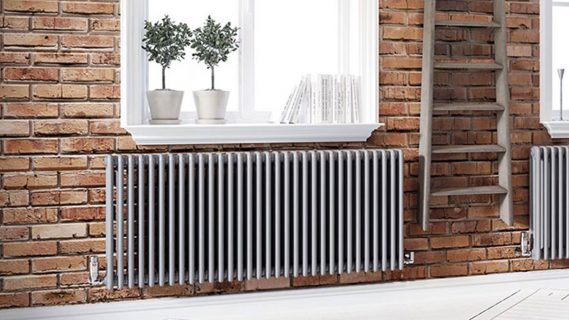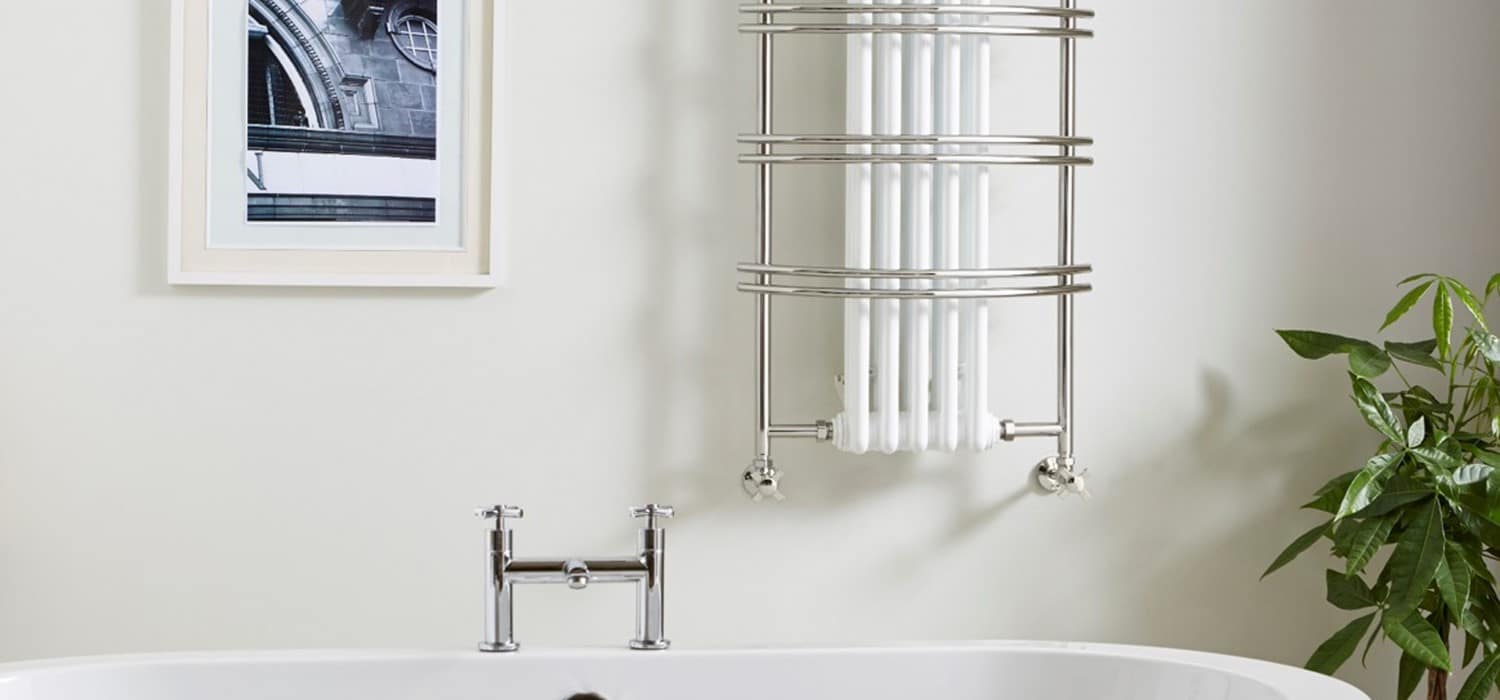Ask any plumber or tradesperson how to install a radiator efficiently, and you’ll get a million and one answers as to the best way to get it done. Some will tell you the ideal way to get a radiator hung on a wall without the need for a wall stay. Some may talk up the benefits of lining up the radiator just a hair above the skirting board to hide the slight chance that you didn’t correctly line the radiator up and it is now not at a completely straight line.
One area not discussed that much though is how to improve heat efficiency anytime a new radiator is installed. It is quite surprising that simple steps can see any radiator’s performance improve dramatically, and in this article, we’ll be looking at some of the ways to do so. It all starts with settling one of the biggest arguments over radiator position.
Install under windows

One big argument people love to have around radiator installations is that if you put a radiator under a window, it just won’t work correctly. Contrary to the belief of many, that isn’t the case at all. When you have a radiator turned on, cold is drawn in to heat up, rise and circulate around a room. It’s important to keep that flow, known as the convection current, going.
Some people believe that you should have a radiator on the opposite wall to a window. Doing so will dramatically impede convection current as when the warm air attempts to circulate it will come to a stop hitting cold air around the window and want to stop the circulation. If you’ve ever been in a room with a window at one side, a radiator opposite it, and a big cold patch in the middle, this is why.
Conversely, if a radiator is under a window when the warm air rises it will want to push the cold air above the radiator up with it and improve the convection current. That is why, when given a chance, always go with placing the window under the window.
Get reflectors
If you know you will be installing a radiator on an exterior wall, you’ll typically have to take into account that indirect heat loss is going to be a given. That is, of course, unless you are proactive and get a radiator reflector installed first.
Radiator reflectors are specially designed sheets of aluminium coated foil which you can hang on a wall (like a poster) behind a radiator. It helps ensure that instead of hot air being drawn back to the wall, it will rise and you won’t lose a good degree of heat. It is important to note that even though it is made from foil, please make sure you get a proper reflector and don’t just assume that cutting a strip of aluminium foil used for cooking will do the job.
Opt for aluminium
Improving efficiency is often a trade-off between the price you pay for the product and the expected savings over time. If you can, opt for aluminium made radiators. They would be more expensive than steel, and even some cast iron radiators, but aluminium is quicker to heat up and retains heat in the radiator for longer after you’ve turned the heating off.
If you’d like to see what designer radiators look like, and what a good price for one is, I recommend visiting the Trade Radiators website by clicking here.
Go for lower volumes
A new development amongst the radiator world is the rise of low water content radiators. If you can install a radiator which needs less water, you’re going to have a radiator which heats up faster.
Lower volume radiators tend to need about 25% less water to get going. Imagine you have four radiators in a home and swap them for low water alternatives. You’ve essentially gotten rid of the need for one radiator’s lifetime energy usage without doing a thing. Sometimes improving heat efficiency is about acting smarter, not harder.
Get efficient products
Those are some ideas I hope helps when it comes to improving efficiency anytime you’re thinking of installing new radiators. When you’re buying a new product for the home, make sure you check out the latest product reviews on site to know what we think the best home and construction products currently available are.

